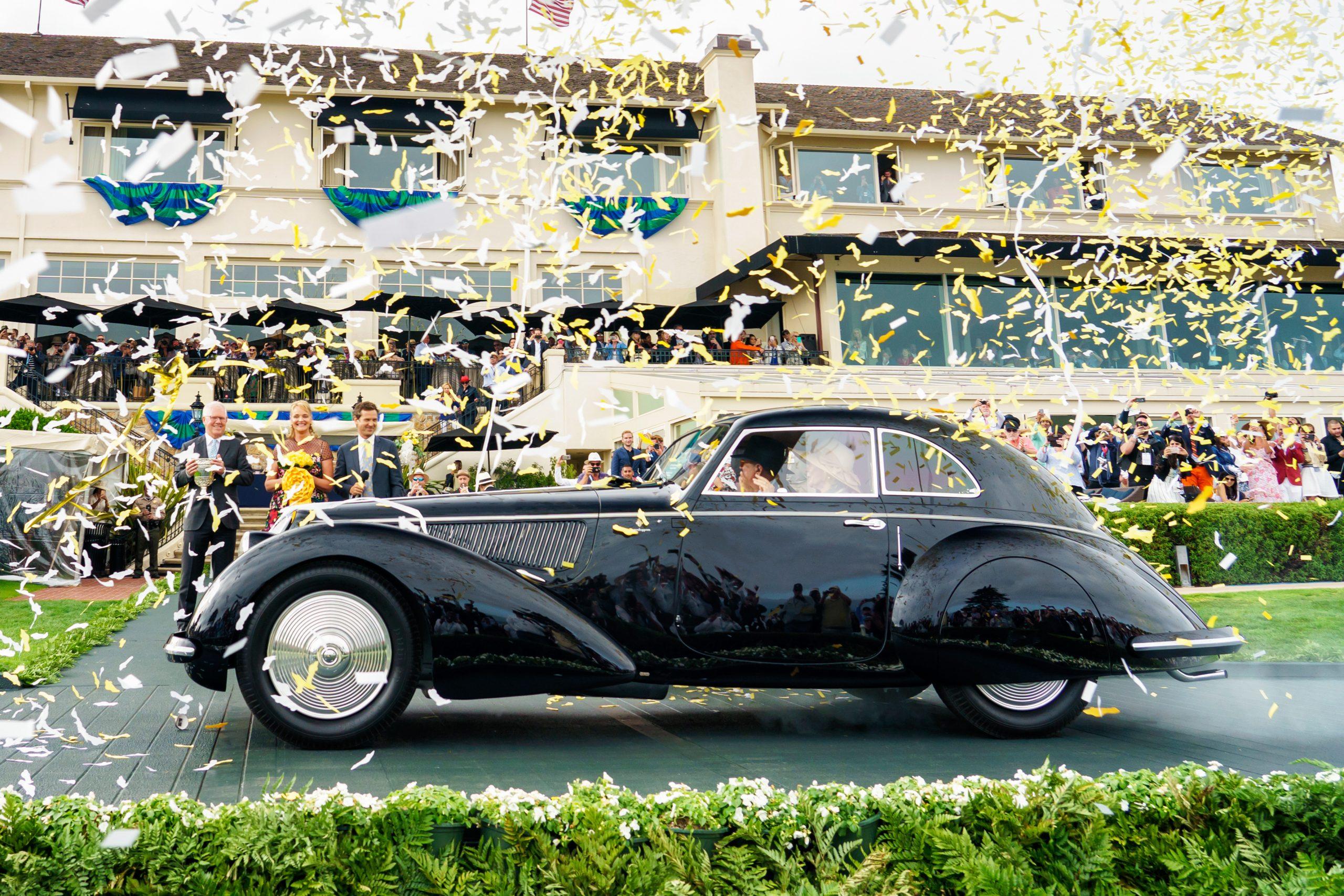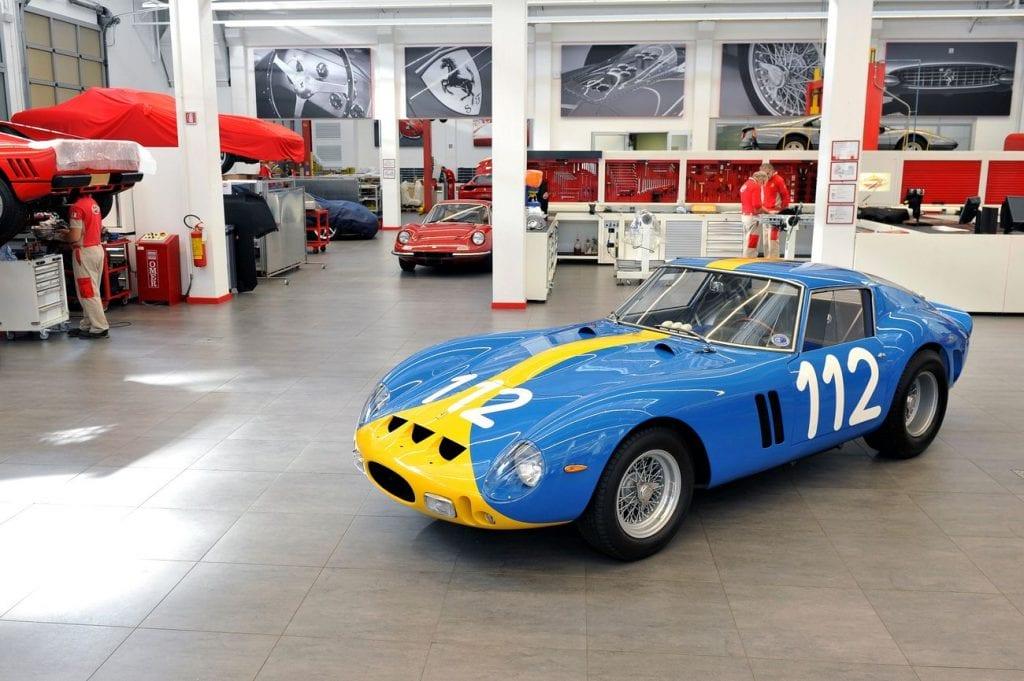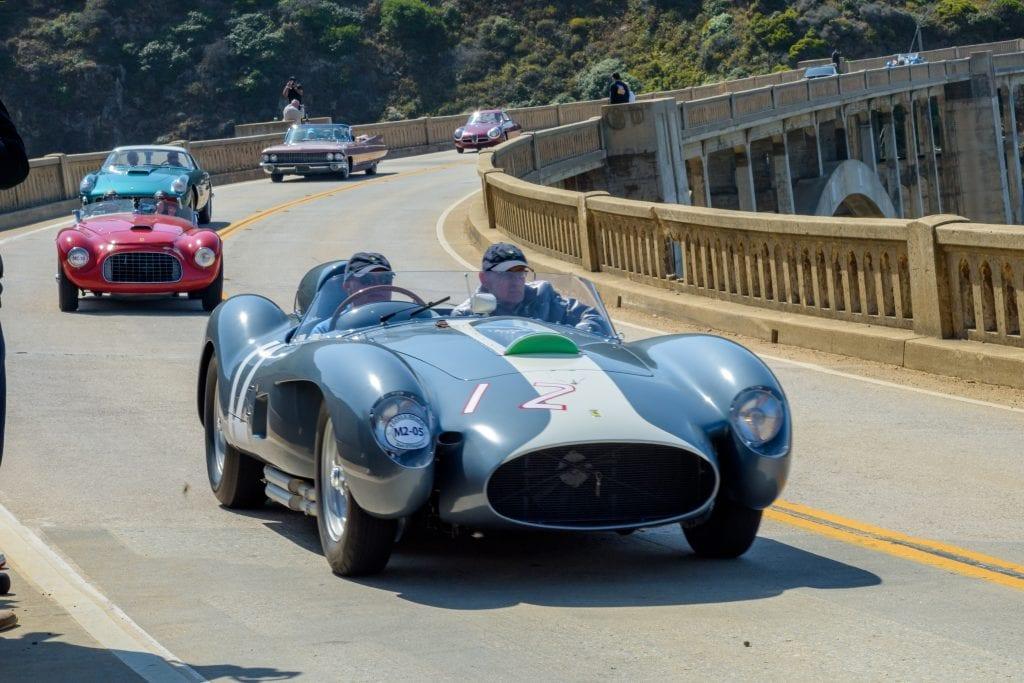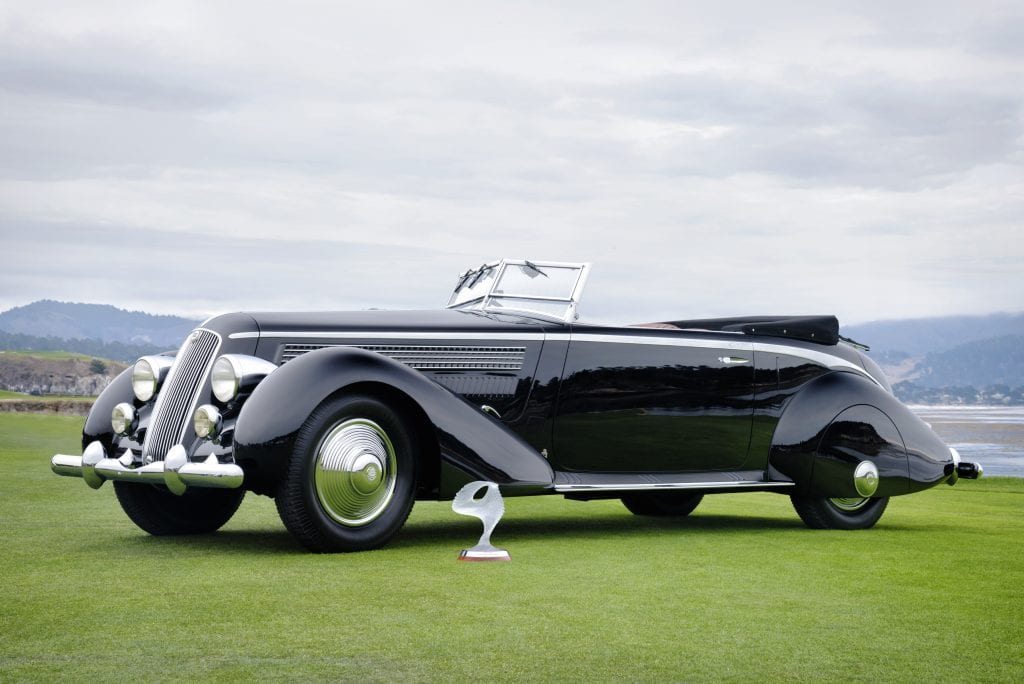Buying Your First Million Dollar Used Car

Contents
Introduction
Things have gone well. The IPO sold out in 20 minutes, smart accountants have sheltered your accumulated wealth, your health is good, the house is paid for, and the pool cleaning guy comes every single day because, dang it, you like a clean pool.
Now’s the time to dip a bucket into your river of revenue and buy your first million-dollar car. Or two million or three million or, hey, why not go deep into eight figures for something perfectly extravagant?
Back in March 2019, Bugatti sold what it says is the most expensive new car of all time – the single “La Voiture Noire” went to a “Bugatti enthusiast” for $12.5 million. But that’s an anomaly. The world’s most expensive cars aren’t new, they’re used. Often well-used too, doing things like winning the 24 Hours of Le Mans, earning world championships and hauling movie stars from Malibu to MGM and back in the 1930s. Noble work.

But classics, no matter for how much they trade hands, are still also used cars. Big prices don’t patch leaking gaskets, rust doesn’t know it’s dining on Ferrari steel, and you can’t store a car in a safe deposit box. And if you’re not happy before you drop seven figures on a car, that car isn’t likely to make you happy just because you own it. Living life with money doesn’t guarantee anything beyond being able to afford what you like.
That in mind, a million-dollar car has its own challenges. There’s a reason a car sells for a million dollars, and it’s not because it’s a Camry. A hyper-expensive car will certainly be rare, definitely high-profile, likely powerful, probably temperamental and usually pricey to maintain. There’s nothing normal about a classic. Except the normal things.
Your Million Dollar Guide
Buy a Car You Can Drive
“If you don’t enjoy this,” asserts Bruce Canepa whose Canepa Design shop and dealership in Scotts Valley, California maybe the greatest classic car toy box in the world, “you shouldn’t be doing cars.” Before buying your million-dollar car, you first need to clearly know how you’re going to enjoy it.
If you’re going to start a museum, then a zero-mile, preserved in amber, Ferrari Daytona Spider may be exactly what you want. It will sit there on its rotating display stand impressing you and your many heirs right up until they figure out how to break up the persistent covenants in your will. But wouldn’t you rather have a car that didn’t just look like a million bucks, but drove like a million bucks too?

A seven-figure classic with some miles on it is a car that you can still occasionally drive. Or drive every day even. For instance, the Porsche 959, that all-wheel drive wonder of 1980s leading edge technology, can be driven as regular car. In fact it’s a great ever day car; untemperamental and generally reliable. And at least a few 959s, all of which are worth $1 million or more, out there are being used as daily commuters by their owners. Those owners are known as “heroes.”
Vintage racer, car show fixture, weekend profiler, preserved artifact, Miami club prowler, art piece, daily driver or something else, before you go seven figures on a car, know how you’re going to use it.
“If you look back 15 years,” says Canepa, “and even ten. It was like a total no-no to drive a collector car. People would put shit around the tires so they wouldn’t even get grass on the tires. They’d roll them into the trailer and take them to Pebble Beach and roll them out onto the lawn with stuff on the tires. There’d be just enough oil to start them because they didn’t want any seepages. And they were static display cars. I call it ‘lawn racing.’

Well, that’s changed. Pebble Beach now has a 60- or 80-mile tour so that they can see that the cars actually work. Now it’s okay to have your car and drive it.”
Auction Antics
Auctions are theater and you pay for the performance. After all, someone is paying for the lights, the hype, the hall and the free mimosas. And if you’re buying a car there, that someone is you.
Buying at, say, a Barrett-Jackson auction usually means paying a ten-percent “buyer’s premium” atop whatever the selling price of the car is when the hammer drops. That’s $100,000 atop a million-dollar sale. And that’s atop an eight-or-so percent seller’s charge the consignor who is selling the car and a seller-paid registration fee that varies according to the vehicle’s position in the auction order and day.

There are advantages to auctions for buyers – sometimes bargains are to be had if a car attracts few bidder and the variety of vehicles for sale can provide a solid impression of the market. But when you’re getting up beyond a million bucks, the commissions are daunting. After all, even if you’re a bazillionaire, does it make sense to pay the equivalent of an Ivy League education on commissions. Okay, or at least half an Ivy League stay.
Yes, auctions can be fun. Wear your best Hawaiian shirt and biggest watch while you’re there. Maybe you’ll get featured on some backwater cable channel with a commentator telling the tiny audience watching at home that the car you’ve purchased is “well bought.”
Cars as Investments
You buy a car for a cool million and it may be worth five million in a couple years. Or it could be worth only $100,000 in the same time frame. There are few things more fickle and unpredictable than the emotion-driven classic car market.
If there’s any predictability in the classic car market at all, it’s generational. When an age cohort starts hitting their 50th birthday or so, as their gets age into their independence and mortgages get paid off, the cars of their youth become cherished collectibles. During the 1990s, that meant muscle cars of the 1960s and early 1970s skyrocketed with the rarer Hemi V8-powered Plymouths and Dodges hitting seven figures.

Currently there’s a spike in interest in cars like the Smokey and the Bandit-spec 1977 Pontiac Firebird Trans Am. And there’s even movement for early 1990s Japanese-made icons like the Acura NSX, Nissan Skyline GT-R and Toyota Supra Turbo. They may not make it to a million bucks, but maybe some will.
Don’t count on making a dime. You’re indulging a passion with any collector car, not investing in savings bonds.
Dealers Can Help
There are shops and dealerships around the country that specialize in classics. Some are upright businesses with good reps and solid track records. And some are selling a ton of body filler disguised as a car with extortionate financing. Determining who to trust can be the greatest challenge of diving into the world of seven-figure cars.
Only one piece of advice is universal in almost all endeavors: there’s no such thing as knowing too much. Research takes time, effort and some keen analysis. Be honest about your own abilities and knowledge. And if you’re not passionate about the subject matter, then may we suggest stashing that million bucks in an annuity and leasing a new Accord every few years.
Reconsider Racing
“Race cars are dangerous,” Bruce Canepa wisely reminds people. “They’re not safe. Especially the old cars. The brand new race cars are (relatively) safe. Just like new road cars are safe. You crash these new cars and you’re usually walking away. Crash the old ones and you’re not walking away.”

There are few human endeavors more fun than vintage racing. But don’t imagine you’re a better driver than you are. You can drop more than $25 million on a 1969 Porsche 917 and it won’t make you Jackie Ickx or even Steve McQueen. The 917, towering achievement it is in racing history, may look like a substantial and beastly thing but it’s really just some spindly tubes covered by a fiberglass skin with a massive 12-cylinder engine planted in it. Most of us are nowhere near competent enough to pilot it at speed.
Yes, vintage racing is also ridiculously expensive. But remember, you’re rich. In this case, if you don’t know what you’re doing, rich enough to get yourself killed in style.
“They have all sorts of unrealistic expectations,” Canepa explains about the classic race car buyer. “One of them is that they think because it’s a race car they’re going to go fast automatically. It’s capable of going fast, but you need seat time, you need practice, and you need to be safe.”
Doing Million Dollar Cars Right
No matter what the price point, buying a collector car is as much about the pursuit of the right car as it is about possessing an automotive icon. If you have assets to buy whatever you want, buy that. Don’t feel obligated to spend up just to show off your success.
After all you’re smart. Proof of that is that you’re rich.

Photos courtesy Acura, Barrett-Jackson, Pebble Beach Company, Ferrari, and Wiki Commons